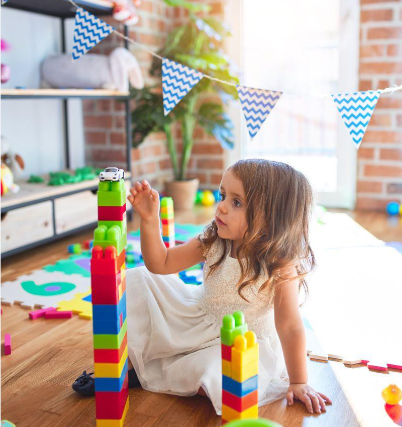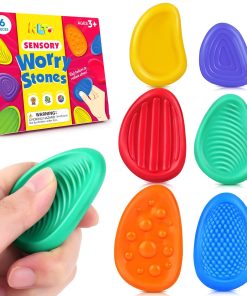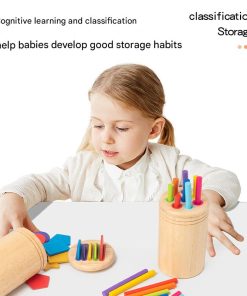Top Benefits of Wooden Sorting Toys for Kids’ Early Development
Benefits of Wooden Sorting Toys for Children
Playing with wooden sorting toys offers children multiple advantages. Below are some key benefits:

Cognitive Development
- Shape and Color Recognition: By sorting wooden toys of different shapes (e.g., circles, squares, triangles) and colors, children develop a better understanding of basic geometric shapes and color concepts, laying a foundation for future math and science learning.
- Logical Thinking Skills: The classification process requires observation, comparison, and generalization, helping to exercise logical thinking. For example, sorting toys by size, material, or function enhances children’s analytical and problem-solving abilities.
Fine Motor Skill Development
- Hand-Eye Coordination: Grasping, placing, and sorting wooden toys demands close coordination between hands and eyes, improving hand-eye coordination and preparing children for tasks like writing and drawing.
- Hand Muscle Strength: Manipulating wooden toys (e.g., threading beads, assembling puzzles) strengthens small muscle groups in the hands, enhancing dexterity and promoting fine motor development.
Creativity and Imagination Stimulation
- Open-Ended Play: Wooden sorting toys typically lack fixed rules, allowing children to combine and create freely based on their imagination. For instance, building castles with blocks or arranging shapes into patterns fosters creativity.
- Role-Play and Scenario Building: Some wooden sorting toys (e.g., play kitchen sets, animal figures) serve as props for role-playing games, helping children simulate real-life scenarios, explore different roles, and develop social and emotional expression skills.
Concentration and Patience Building
- Self-Guided Exploration: Without electronic effects, wooden toys encourage children to complete sorting tasks through independent exploration and trial-and-error, cultivating focus and patience while teaching perseverance and problem-solving.
- Self-Correction Ability: Certain wooden sorting toys (e.g., cylinder sockets) feature built-in “error control” designs. When children make mistakes during operation, they must identify and correct them independently, fostering self-correction skills and responsibility.
Sensory Development
- Tactile Experience: The natural, warm texture of wooden toys provides rich tactile feedback during touch and manipulation, aiding in the development of tactile perception.
- Weight Perception: Wooden toys have varying weights, allowing children to sense differences while lifting and moving them, which supports the development of weight perception and spatial awareness.
Eco-Friendliness and Safety
- Natural Materials: Typically made from untreated wood, these toys are free of harmful chemicals, ensuring safety and environmental friendliness for children.
- Durability: High-quality wooden toys are sturdy and long-lasting, resistant to damage, and can accompany children throughout their growth, offering excellent cost-effectiveness.
This translation maintains the original structure while adapting phrasing for natural English flow, suitable for educational content or product descriptions. Let me know if you’d like any refinements!

 Fidget Toys Sensory Stone for Kids: Soft Worry Stone for Autism Kids Calming
Fidget Toys Sensory Stone for Kids: Soft Worry Stone for Autism Kids Calming  Wooden Montessori Baby Toddler Toys Learning Fine Motor Skills Juguetes Educational Color Sorting Sensory
Wooden Montessori Baby Toddler Toys Learning Fine Motor Skills Juguetes Educational Color Sorting Sensory
Dinosaur Color Sorting Sensory Toy Gift for Toddler Matching Game Roadtrip Travel Essential
Balancing early childhood Wooden Block Stacking Game Tumble Tower Board Game with Building Blocks
Toddler Girl Boy Inflatable Bouncing Animal Hopper exercise Birthday Gift Toy
Flying Air-Powered Balloon Toy with Pump-Birthday Gift for Boys and Girls